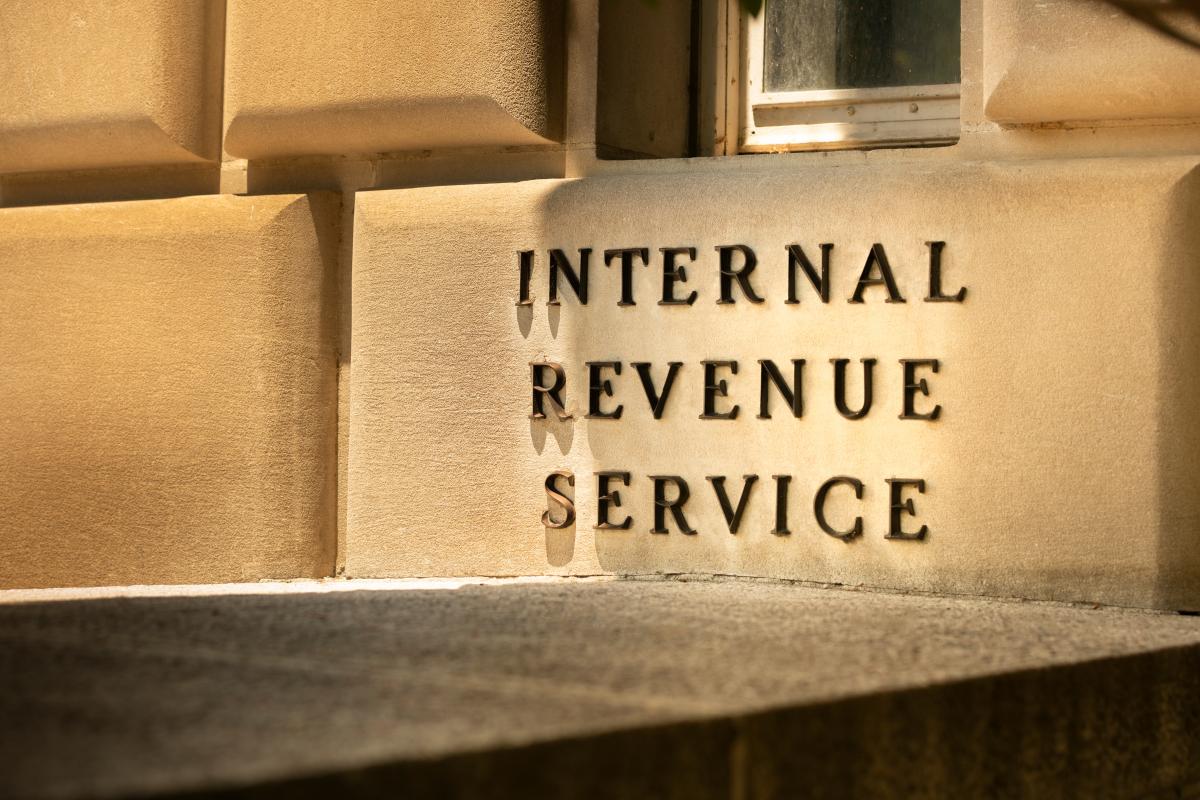 With one month of Consumer Price Index (CPI) data left to go, an updated forecast from Milliman shows that the 2023 IRS qualified retirement plan limits will likely set a record for a one-year increase—both in dollars and percentage.
With one month of Consumer Price Index (CPI) data left to go, an updated forecast from Milliman shows that the 2023 IRS qualified retirement plan limits will likely set a record for a one-year increase—both in dollars and percentage.
This finding comes even as the latest government data shows that inflation declined slightly last month.
With the publication of the August 2022 CPI of 8.3% for the 12 months ended August 31, 2022, 11 of the monthly CPI rates are “set” and there is only one more month (September) that must be used as part of the IRS’s proscribed formula in setting the limits, explain Charles Clark, Milliman’s Director of Employee Benefits Research Group, and Abby Kendig, Consulting Actuary.
And while the CPI for the 12 months ended in August is 8.3%, down from 8.5% from the 12 months ended in July, the change of 0.2% has not changed the firm’s forecast of the 2023 IRS Limits from its July edition.
Clark and Kendig also had previously noted that the Inflation Reduction Act of 2022 did not change any of the formulas used in their updated forecast.
Using the Internal Revenue Code’s cost-of-living adjustment and rounding methods, the Consumer Price Index for All Urban Consumers (CPI-U) through August and estimated CPI-U values, Milliman projects that the contribution limits for 401(k), 403(b) and eligible 457 plan elective deferrals (and designated Roth contributions) will increase from $20,500 at present to $22,500 in 2023.
In addition, the 415(c) DC plan maximum annual addition—the sum of individual and employer contribution limits—is projected to increase from $61,000 to $66,000 in 2023, and the 414(q)(1)(B) highly compensated employee and 414(q)(1)(C) top-paid group limit is projected to increase from $135,000 to $150,000.
Other 2023 projected increases include:
- the 415(b) DB plan maximum annuity limit rising from $245,000 to $265,000;
- the 401(a)(17) and 408(k)(3)(C) compensation limit rising from $305,000 to $330,000; and
- the 414(v)(2)(B)(i) catch-up contribution limit for age 50 or older from $6,500 to $7,500.

